-
Posts
4,871 -
Joined
-
Last visited
Content Type
Profiles
Forums
Gallery
Events
Posts posted by gjdale
-
-
Capstan Step (P/N 104)
The Capstan Step is comprised of three pieces, joined by half-lap joints along the length of each piece. It is complicated slightly be the centre piece being thicker than the two outer pieces as it extends below the surface of the deck, between. I was puzzled by some of the drawings and instructions, until I realised that Toni had made this centre (thicker) pieces from two thinner pieces. As I had already milled some timber to the correct thickness to use a single piece for this, I went ahead and used that.
The half-lap joints were relatively easy to cut on the Byrnes saw. I attached a sacrificial fence that would allow me to partially bury the blade in the fence. Having set the blade height to exactly half the stock thickness (of the thinner pieces), I simply ran the pieces over the blade and edged the fence out slightly wider with each pass until the desired width was achieved. I used the micrometer stop to assist with the final passes to ensure that the exact width was obtained. One side of the centre piece needed the lap joint taking to a different height, but that was just a case of adjusting the blade height and leaving the remainder of the set-up in place.
The underside of the centre piece also needed to be notched at either end to fit between the deck beams. I used the same process for this, using the same set-up with a different blade height and fence setting. Again the micrometer stop was used to sneak up on the final cuts to ensure a snug fit between the deck beams.
Here is a shot of the fence arrangement:

And here is the centre piece after all joinery operations are completed:
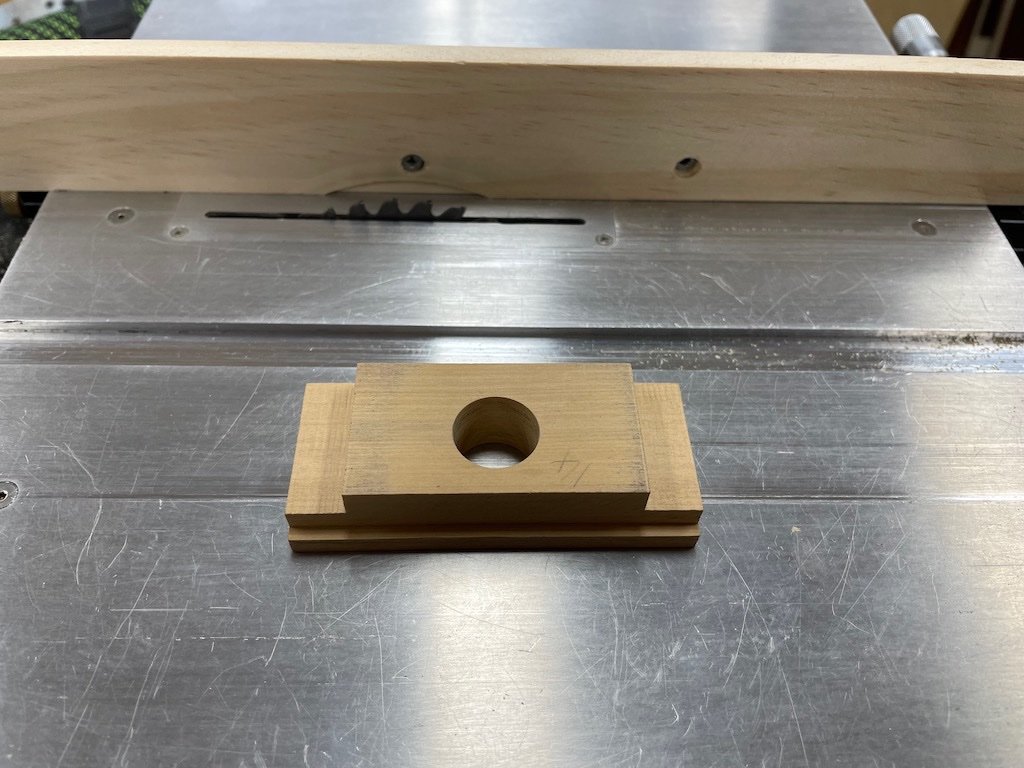
In the above photo, I have also drilled the centre hole for the capstan spindle. I had to compromise here as the plans call for an 11/16” diameter hole and my drill sizes only included 5/8” or 3/4". I went with 5/8” and will adjust the size of the capstan spindle in due course.
The individual parts were then glued up, given a light sanding and the sharp edges and corners given a gentle round over.
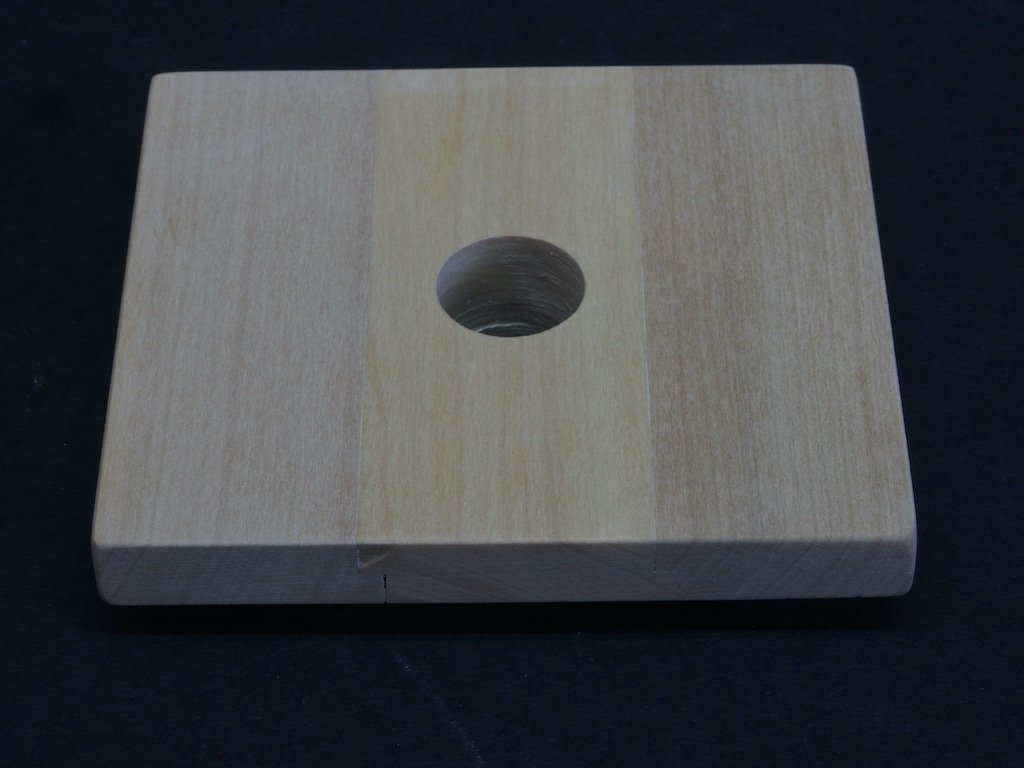
Here is a shot of the underside, showing the additional work on the centre section:

And finally, here’s a couple of shots with the Capstan Step temporarily located on the Deck Beams:
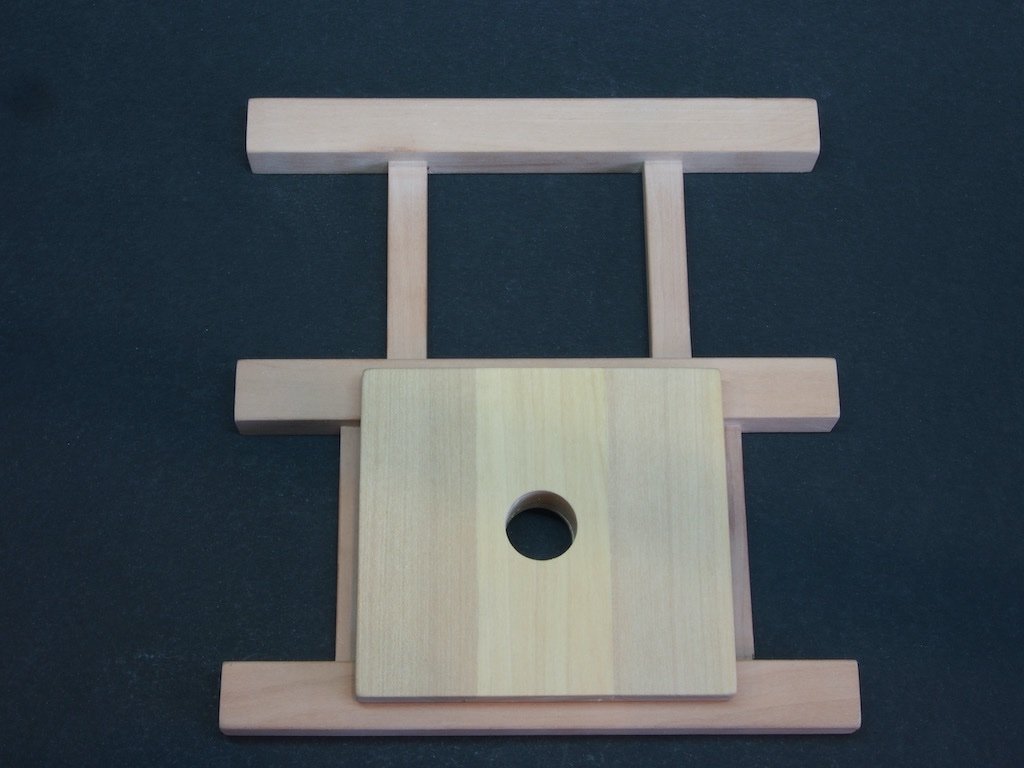
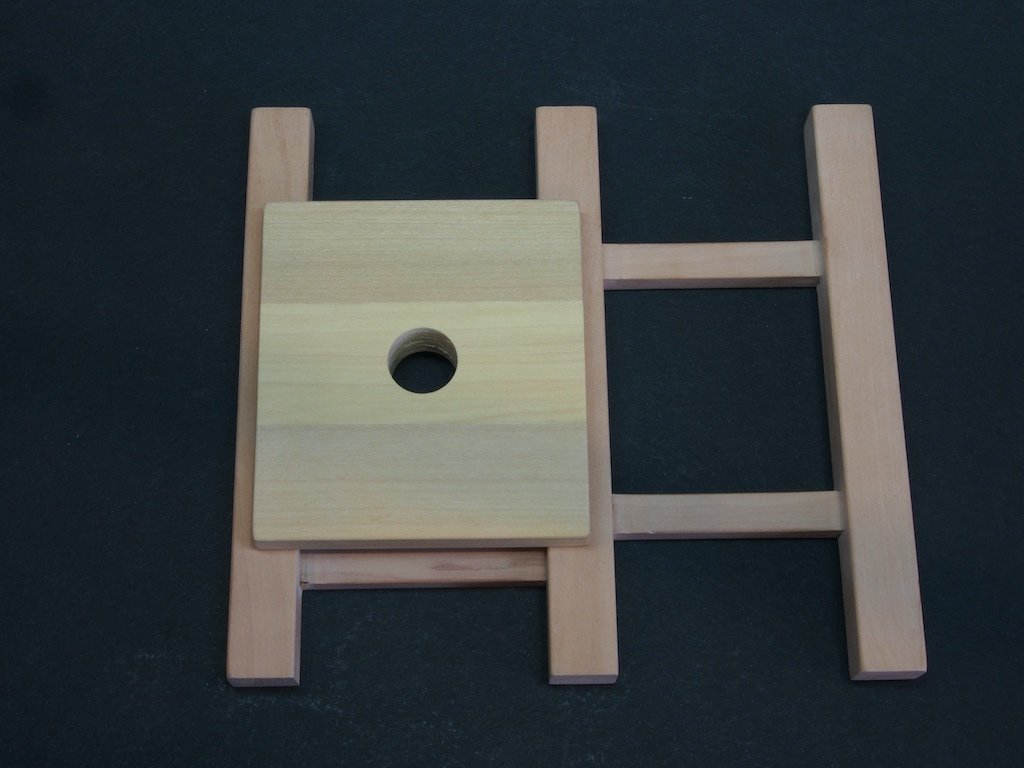
I’m going to hold off on drilling the bolt holes for now.
I think that all of the easy bits are now done. Next up is manufacturing the Step Brakes. I think I know how I’m going to approach that task…..
-
Looks pretty good from here Mark.
- Old Collingwood, BobG, Canute and 1 other
-
 4
4
-
I am between modelling projects at the moment. Some time ago, I managed to acquire some additional stocks of very nice modelling timber from Jeff Hayes when he closed down his Hobbymill operation, so I decided that the Capstan model project from the NRG would be a good use for some of that stock and would give me a nice entry back into the scratch building side of things. Plans and instructions are by Toni Levine. As I have all of the toys, I decided to go straight for the Advanced version – hopefully, I won’t regret that decision down track!
I will be building at a scale of 1:16, as Toni did in her version.
I have downloaded all of the instructions and plans, ensuring that I had the amended version. The first challenge was to create a cutting list to determine the stock sizes I would need. As Toni has provided drawings with full size measurements in decimal inches, I decided that the easiest approach would be to create a spreadsheet to do all of the conversions for me. As my lathe and mill are both calibrated in metric units, I set up the spreadsheet to spit out measurements in both scale millimetres and scale inches (both decimal and fractional). I then went through all of Toni’s drawings and entered in the full size measurements and let the spreadsheet work it’s magic. While I was at it, I made a separate part of the spreadsheet a simple converter to use for other measurements as they crop up. This is proving to be a very useful tool, so I’ve attached it here in case anyone else might want to use it and save themselves from having to duplicate the effort. I take no responsibility for the accuracy of the information!!!
Capstan Parts Scale Converter.xlsx
With that task completed, I then went through my stash of timbers and selected some pieces that were close to the right thickness and processed them through my full size drum sander until I had all stock material to the appropriate thickness. I’ll be using Pear for the Beams and Carlings, Red Heart for the Hatch Coaming, and Box for the majority of the rest. I may use Red Heart for the Capstan Bars also, but I’ll reserve a final decision on that until I reach that point.
Toni’s Practicum is very well laid out and not only identifies parts by part number but also groups these together into sub-assemblies. This is a really useful inclusion (thanks Toni 😊). Although the sub-assemblies can theoretically be completed in any order, I will follow along in the same order that Toni has used – I figure that way there is less chance for me to screw it up.
The Deck and Hatch collectively make up Assembly 100. This comprises sub-assemblies 101 (Grating), 102 (Hatch), 103 (Deck) and 104 (Capstan Step). We begin with the Deck.
Deck (P/N 103)
Although I will need to use metric measurements when it comes time to use the lathe and/or mill, for the most part it is more convenient to work in fractional inches, simply because of the way the scaling works out (eg 1/2" vs 12.7mm). My spreadsheet gives me the scale size to the nearest 1/16 inch (although I can check against the decimal inches (thousandths) if required. A glance at the spreadsheet tells me that the Beams are made from 1/2" stock and the Carlings from 9/32” stock. These were cut to final length and width on the Byrnes Saw. The Beams were then numbered and marked with a carpenter’s triangle to ensure correct alignment before being arranged in my magnetic holding jig for marking out. I first marked the centreline and then laid out the mortices from the centreline.
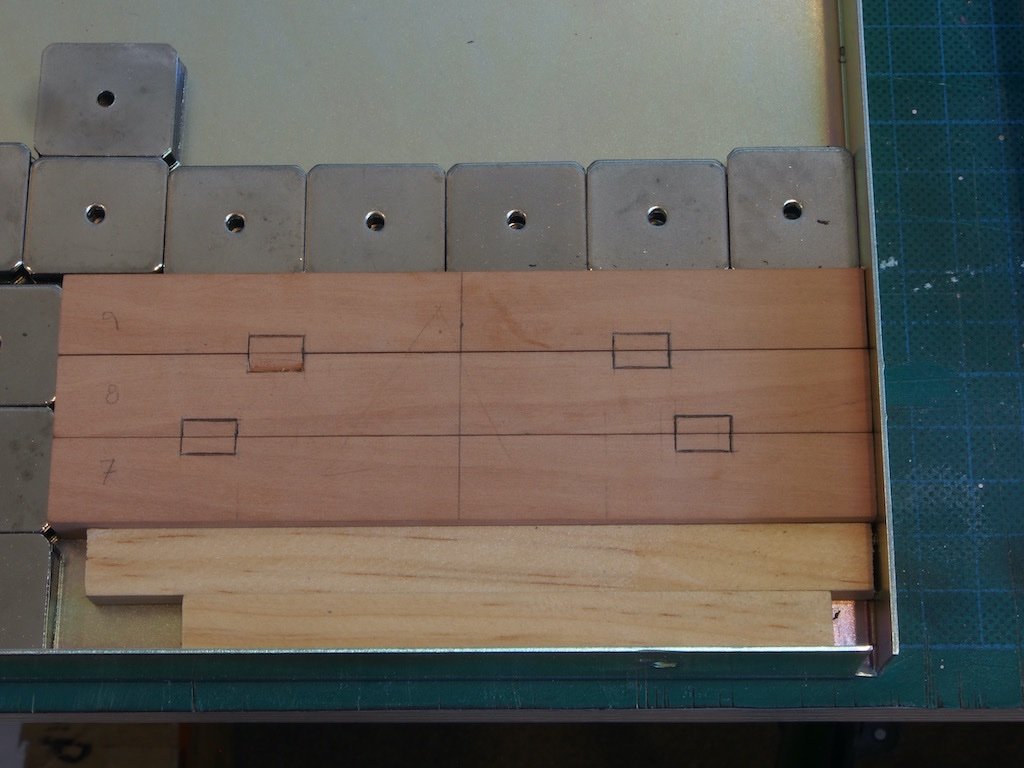
Markings were made lightly in pencil to begin with, with the inner edges of the mortices being defined from the measurements in the drawings, and the outer edge defined by placing the actual Carling on the beam to get the exact width.
The marks were then transferred onto the vertical surfaces and a knife used to mark all cross-grain lines, while a marking gauge was used to mark all along-the-grain marks. This gave me some very well-defined layout lines. (I went over the cut lines in pencil just for greater visibility).
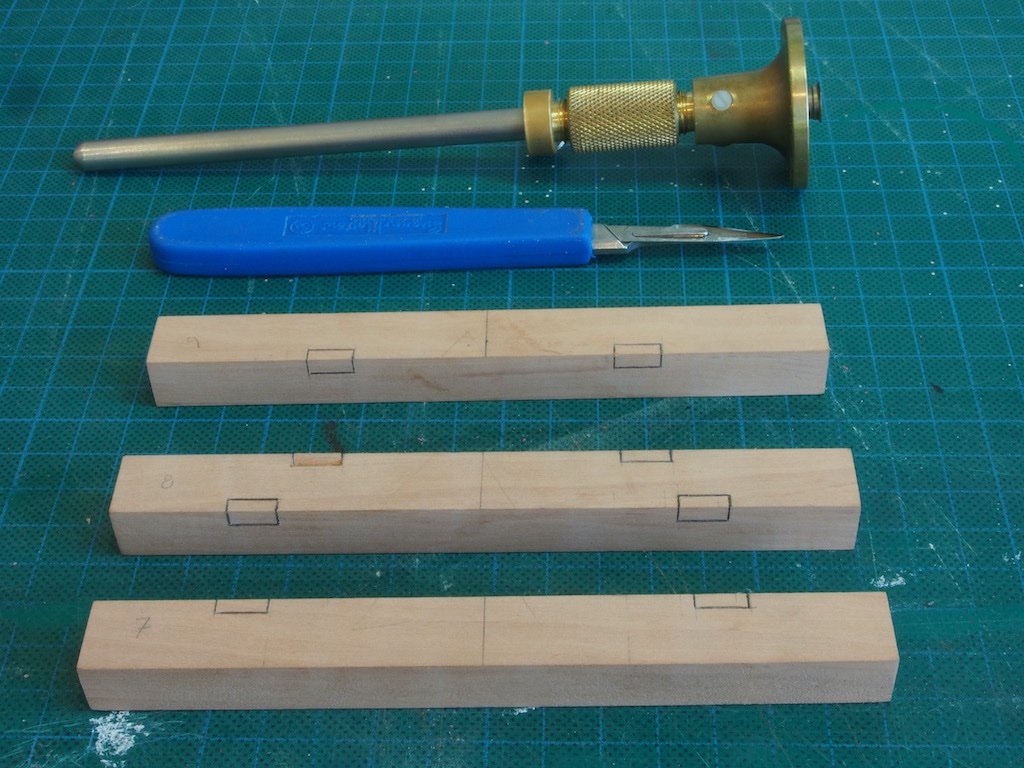
The mortices sides were then cut using a razor saw (in much the same way as one would cut the sides of a half-blind dovetail) and the remaining waste removed slowly and carefully with a full sized very sharp 3/8” chisel. The tenons were cut on the Byrnes saw using the sliding cross-cut table and a stop to ensure that all tenons were exactly the same size. I had one very minor “oops” with the chisel – see if you can pick it. Here is the result:
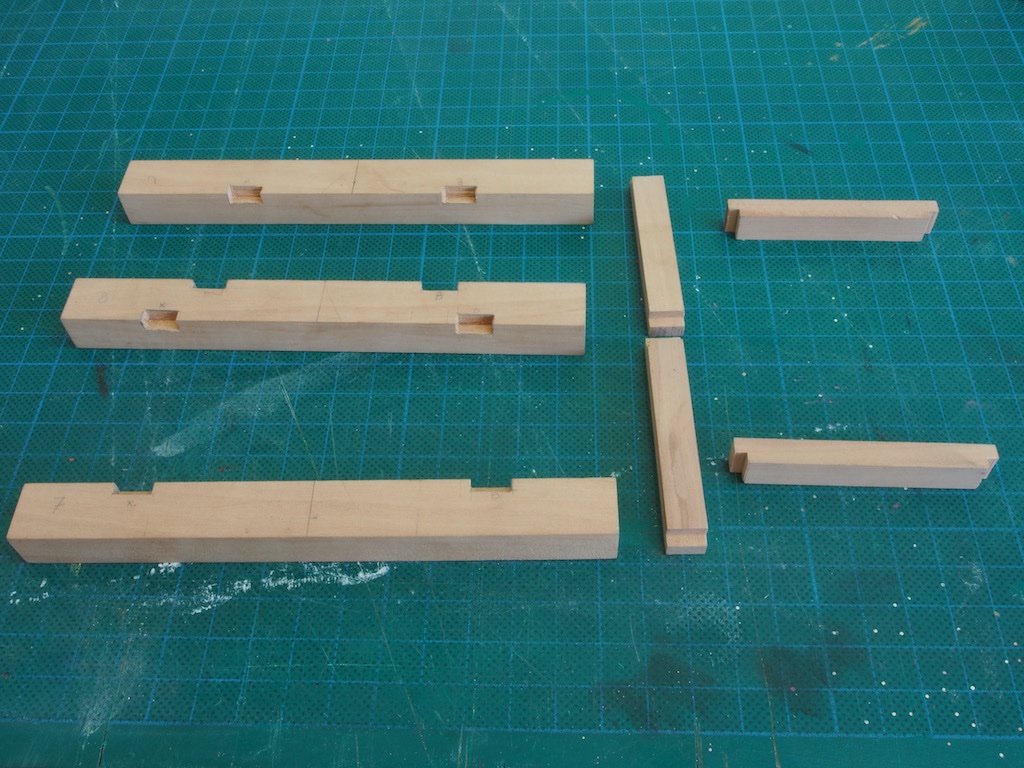
Once satisfied with the fit, the pieces were glued up. I was reasonably happy with results.
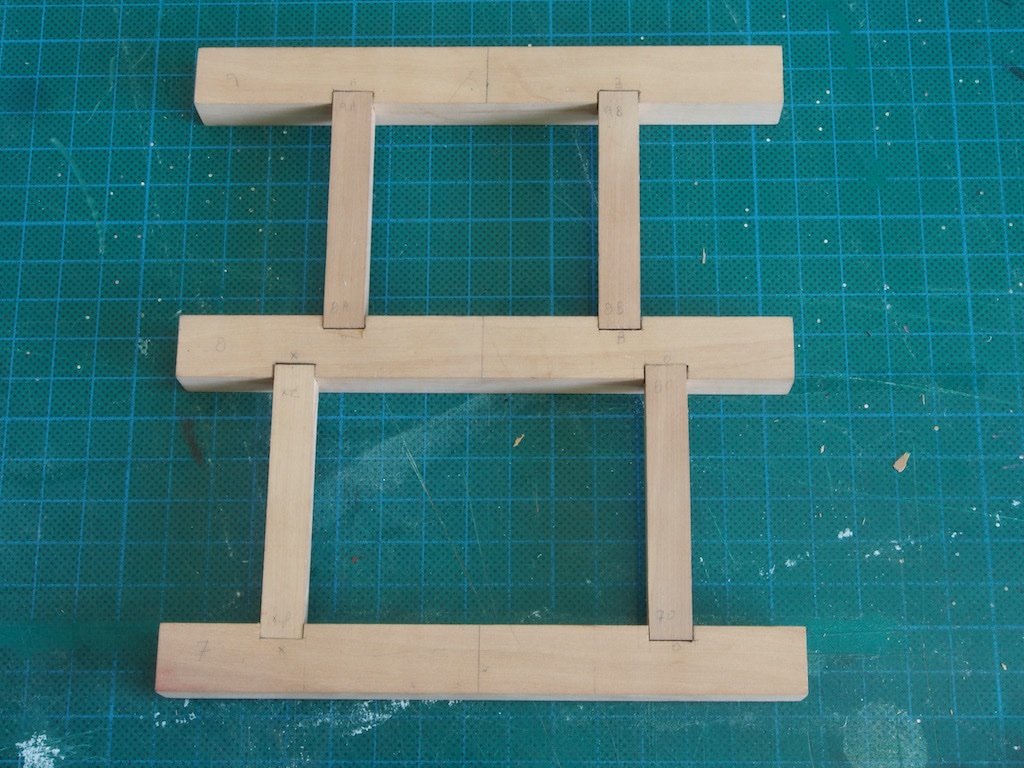
I then made up a mixture of pear wood sawdust and diluted white glue and rubbed this over the joints and allowed it to dry overnight before giving it all a final sand with 240 grit today. As per Toni’s instructions, I also gave the underside edges of all Beams and Carlings a very slight round-over. Here is a shot of both the upper and under sides ready for the next step:
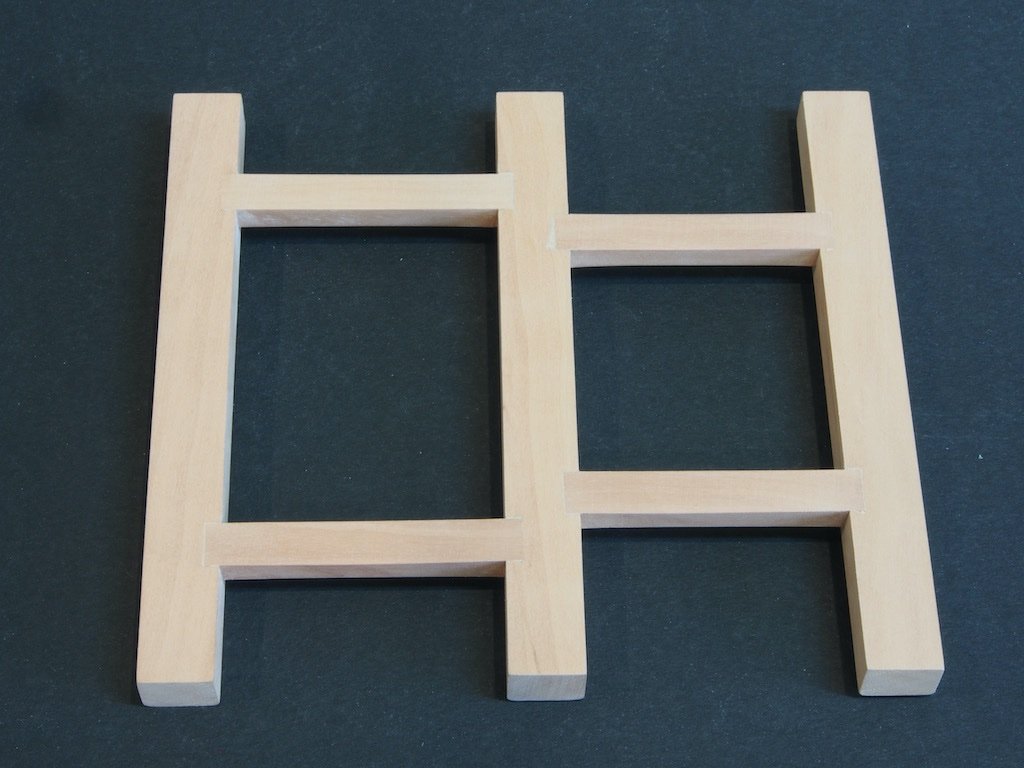
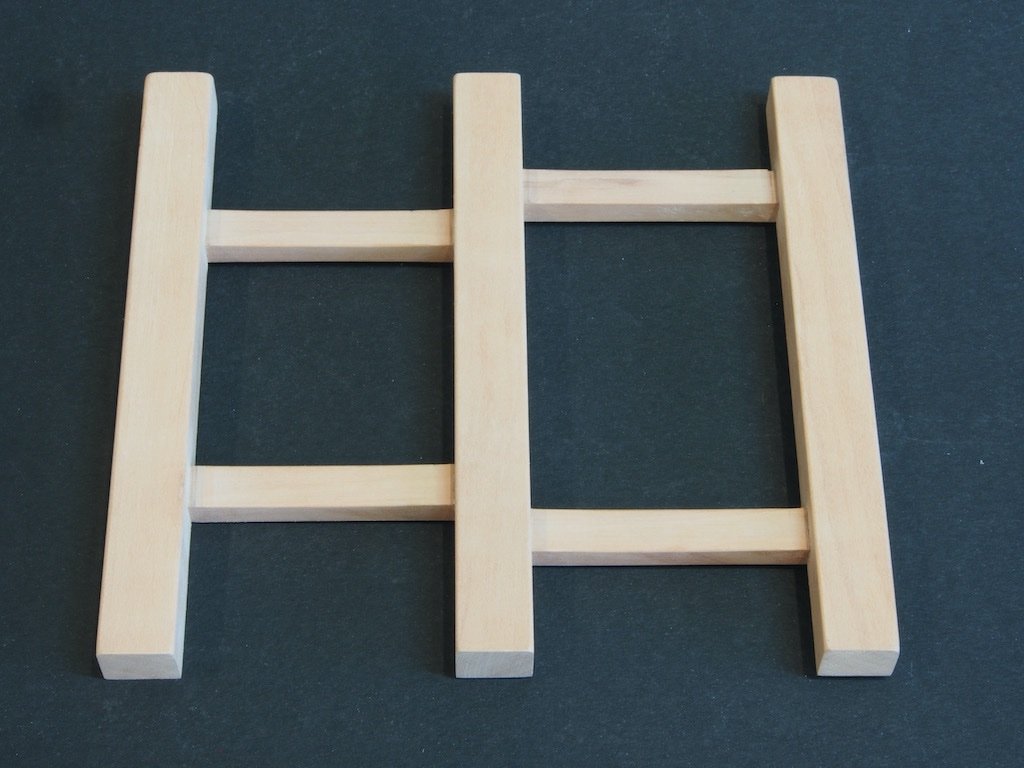
The Capstan Step will be next...
-
-
24 minutes ago, AON said:
The fees getting them across the boarder were outrageous... more than half the costs were Canadian taxes!
Much the same getting them here Downunda Alan, only more to do with postage costs in our case. But I will tell you this - you will be singing the praises of these machines long after you have forgotten the cost to import them!
-
1 hour ago, Egilman said:
Agreed! Understatement of the year as well!
Best example of scratch building and modelers vision I've seen in a long time....
That should be on someone's magazine cover....
Wot ‘e said!
- FriedClams, mtaylor, thibaultron and 6 others
-
 8
8
-
 1
1
-
Clever Tom, very clever!👏👍
- BobG, usedtosail and mtaylor
-
 3
3
-
-
Nice start Tom.
Re your query on setting the angle for the Byrnes saw, could you use a sliding bevel for this purpose? I’m thinking draw a line on piece of scrap ply or MDF (or any other wood) using a protractor to get the desired angle, then set the sliding bevel to that line, then place the sliding bevel on the sliding table of the Byrnes saw with the stock edge against the rear fence, and the blade extending out to the angle bar. I’m sure this sounds a lot more complicated than it is in practice, but in my mind it works!
- usedtosail, BobG and mtaylor
-
 3
3
-
Sounds interesting Tom - I’ll follow along for the ride.
- mtaylor and usedtosail
-
 2
2
-
Thanks Chuck - I knew there would be some logic behind this, but had to ask anyway.
- FrankWouts and KentM
-
 2
2
-
Looks fantastic Chuck. I do have one question regarding the deck planking. I may be completely wrong on this and please tell me if I am. Looking at the planking on either side of the forecastle (ie the outer planking), the inboard one of these planks on either side appears to end in a point. My understanding was that this situation was to be avoided and that therefore the forward end of these planks would be shaped similar to the ones outboard of them (if that makes sense)?
- FrankWouts and KentM
-
 2
2
-
4 hours ago, Kevin said:
i have messed the last two frames up, but for now i am going with it, and regret later not sorting it now
Hmmmm…….can I persuade you to re-think this Kevin? A few hours spent now fixing the problem would be well invested……..
I’d hate to think that not fixing this now might cause the build to hit a wall later on.
- VTHokiEE, Kevin, Edwardkenway and 1 other
-
 4
4
-
-
Thank you Chuck - very kind of you to say so.
I’m still waiting on a reply from Model Expo - a week after sending my email to them. I have had an email from them every single day telling me all about their sales - just not a word even acknowledging my email to them. I know people here rave about M.E.’s excellent Customer Service, but from where I sit, I ain’t seein’ it. I did get an immediate response (within 24 hours) from Ken Foran (the kit designer), who I copied on my email to M.E., and have since exchanged further correspondence with him - such a gentleman as well as being an awesome modeller. I just wish M.E. would do me the courtesy of at least an acknowledgement - if you can spam we with junk mail on a daily basis, at least acknowledge when I write to you about problems with your quality control.
In the meantime, I have received my third party sourced plastic rod so have been able to complete the Boiler Water Level sight gauge. No pics at the moment, but may post an update pic on the weekend as I have some new photographic lights I want to test out.
-
I’ve always understood that LoS was for use with Copper, not Brass. For Copper I use LoS in a gel form and just put a little in small pallette and add some water next to it. I then use a paint brush dipped in the solution where the water and LoS gel are meeting and rib it onto the part. It works extremely well. For Brass you need one of the Selenium based solutions such as Birchwood Casey Brass Black. The other one that I’ve used successfully with Brass is Jax Pewter Black - gives more of a gun metal finish than black, but very easy to use. Again, I’ve found that rubbing it on with a paint brush works better than dipping the part.
-
-
- JeffT and Ryland Craze
-
 2
2
-
Hey Bug! Great to see you back my friend. I look forward to following your next build.
- mtaylor, Moonbug, Keith Black and 1 other
-
 4
4
-
-
-
Thanks Bob and Kurt,
I copied Ken Foran on the email I sent to Model Expo yesterday and have had a reply already from him, confirming that some of the early kits did ship with the thicker walls - so I guess that confirms my suspicion (I can’t actually do a check measurement now that everything is built). Wish I’d done some extra research to discover this before I started building - I might have been able to get a replacement for the boiler walls.
Thanks also Kurt for you reply to my PM query and your advice, which aligns very much with Wefalck’s observations above.
- Egilman, Canute, popeye the sailor and 6 others
-
 9
9
-
Thanks Wefalck for that insight. I think it must be the latter (pressure hose) that is meant to be simulated in this kit. If you look at the box art picture in the very first post, it shows the hoses flattened (two per side).
- thibaultron, BobG, Jack12477 and 5 others
-
 8
8
-
Thanks Mark. I've just finished writing up a document with all of my observations on errors with parts and/or instructions and have forwarded that off to Model Expo. I've asked for a replacement for the hose material, so I'll see what they come back with.
And thanks Egilman for the link - some interesting discussion there and some food for thought about alternative material. Will wait and see what Model Expo have to say before deciding on the way forward.



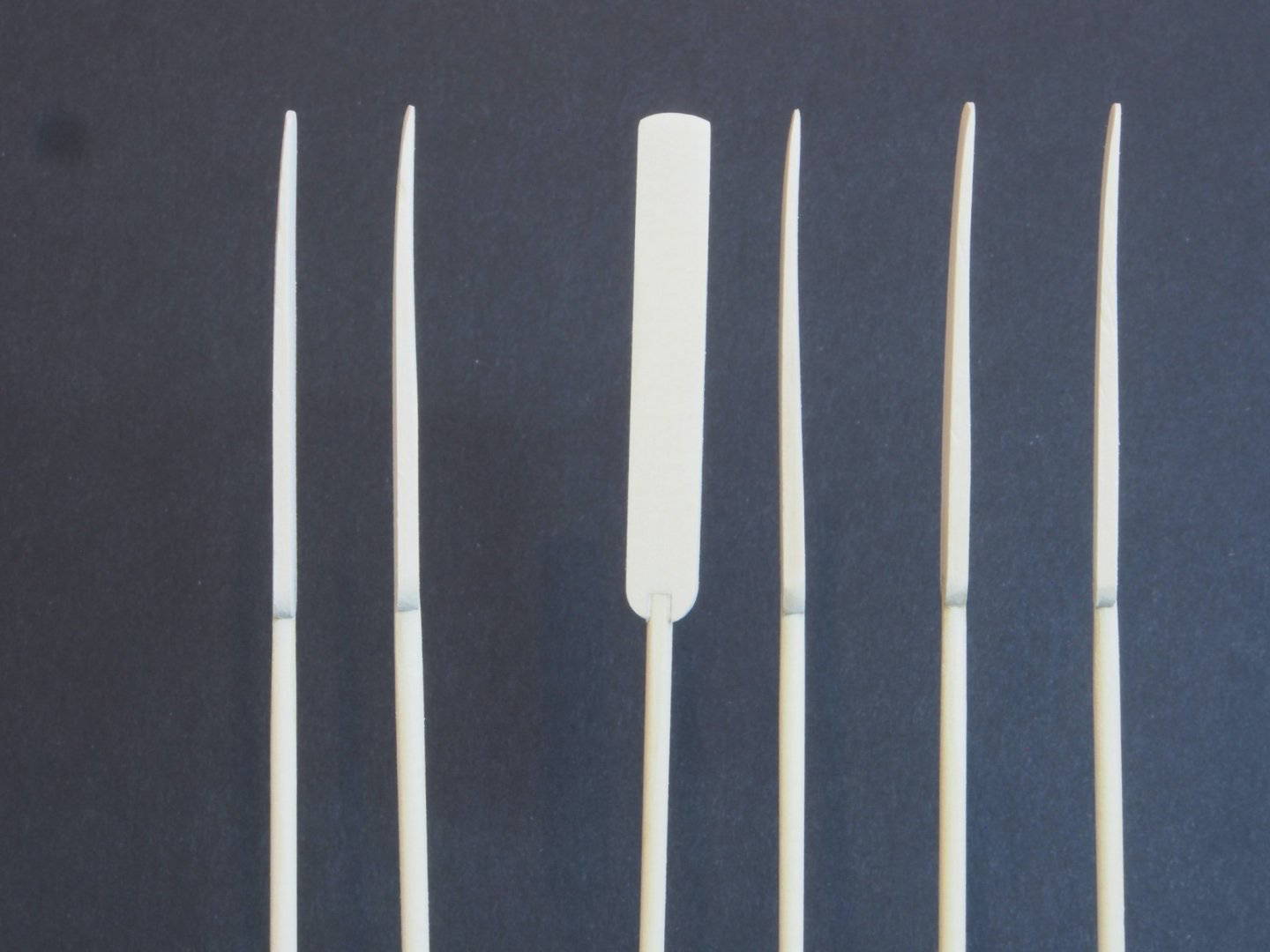
NRG Capstan Project by gjdale (Grant) - FINISHED - Scale 1:16
in - Build logs for subjects built 1751 - 1800
Posted
Capstan Step Brakes
Although the Capstan Step Brakes form part of the Capstan Step sub-assembly, I’m treating them separately as we now venture into some metal work to fabricate these. These parts are an interesting example of where it is convenient to have scale conversions in both metric and imperial units. Here is the drawing from the plans, with full size measurements in decimal inches:
All of these measurements convert conveniently to scale fractional inches, which is great for initial stock sizing and layout. However, when it comes time to work the pieces in the mill, I need metric measurements.
First up, although Toni said she made hers from three separate pieces of brass silver soldered together, I decided to mill them from a single piece. The overall size of these parts dictate a stock size of 1/8” thick by 3/16” wide. I had some 1/8” brass flat-bar to hand, so the first job was to cut it down to size. To do this, I used double sided tape to fix the large piece to some sacrificial MDF and cross-cut it to a useable length using a slitting blade in the Byrnes saw with the sliding cross-cut table. I used multiple very light cuts until I was through the brass and into the MDF. I deliberately cut the piece twice as long as the finished size so that I would have plenty of “handle” when working the part. I then removed the cross-cut table and set the fence to the final width and used the same cutting technique to produce my starting stock.
Here’s the original piece of flat-bar stuck to the MDF and ready for initial cutting:
And here’s the outcome of the saw table processes:
I then used some engineer’s marking fluid, a home made scribe, and some set-up blocks to layout the reference marks. This is where the imperial units were very handy.
I set up the mill with a 5/16” end mill cutter and cut the main parts. I set the vise in the rotary table for this so that I could also roughly shape the end to an octagon prior to final finishing (an idea I picked up from Tom’s (UsedToSail) log).
I then moved the milling vise to the tilting table and set the table at a 15-degree angle to mill the sloping section.
The vise was then returned to the mill bed and the holes drilled in the end. The diagrams call for a 3/64” (scale) hole which equates to 1.2mm. However, I found that the 3/64” brass I had for the bolts would not go through this, so I opted to use a 1.3mm drill instead and this gives a nice sliding fit. The drilling was done using the Sensitive Drilling Attachment on the mill.
Finally, the piece was reversed in the vise and the end mill cutter re-installed to cut the piece to final length.
With all milling operations complete, the parts were then hand finished using files and sanding sticks. Here is the final result:
Not perfect, but I’m happy with these. They will be chemically blackened in due course. On reflection, I could have done the milling sequences in more efficient order but then again, I had nothing better to do with my day….
Tomorrow’s challenge will be gratings…..